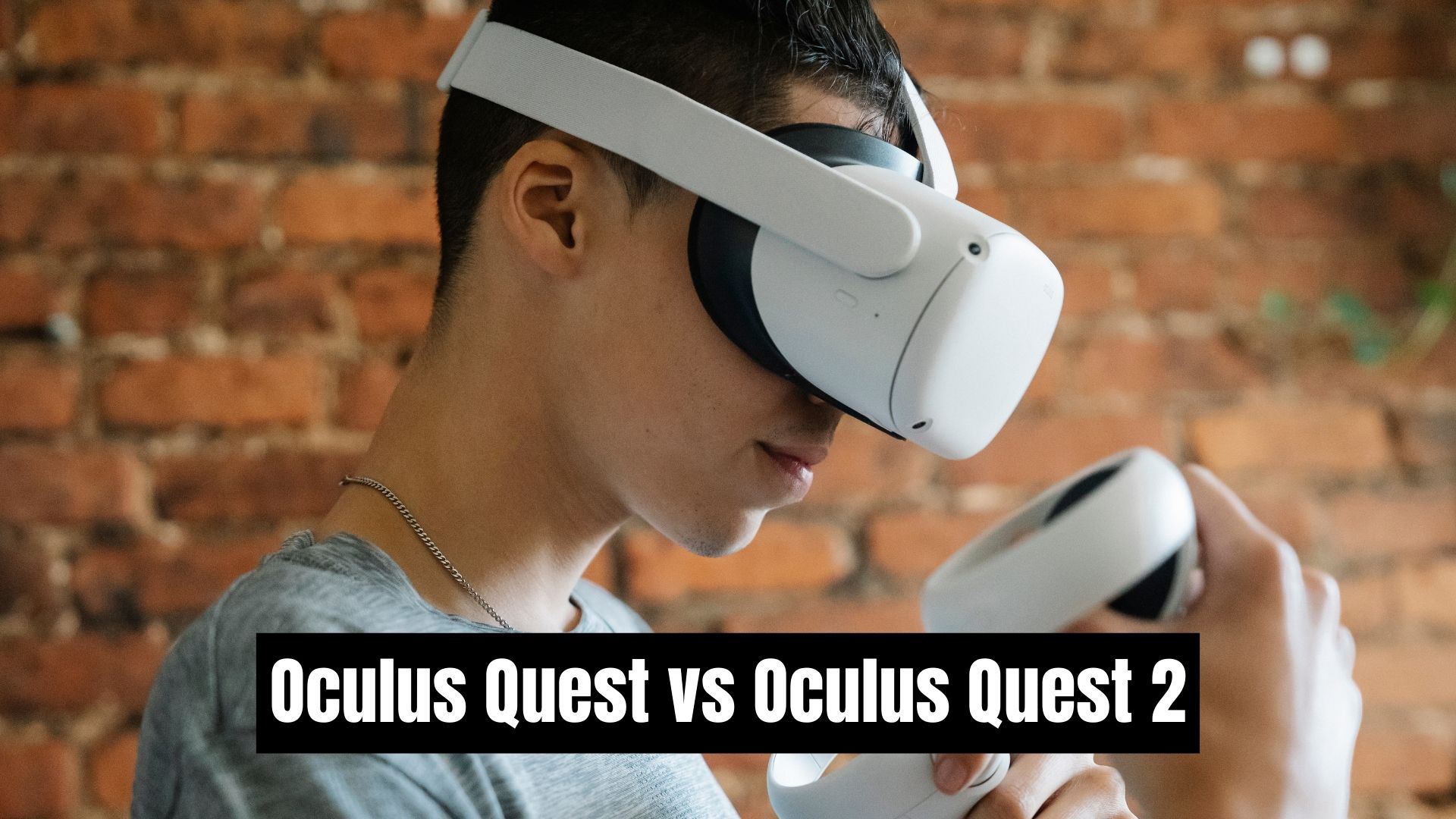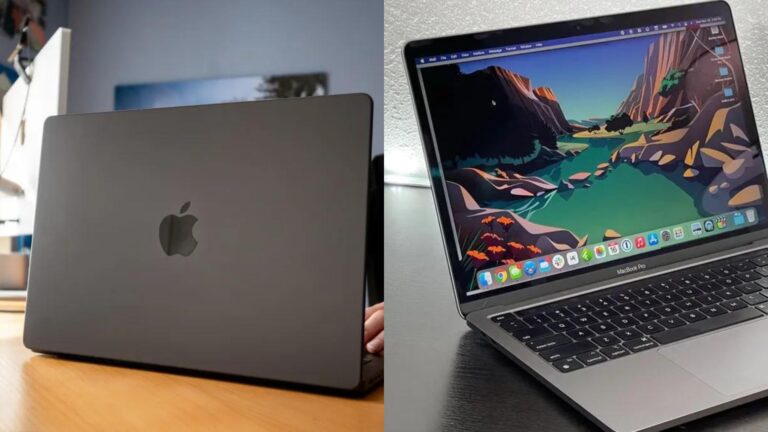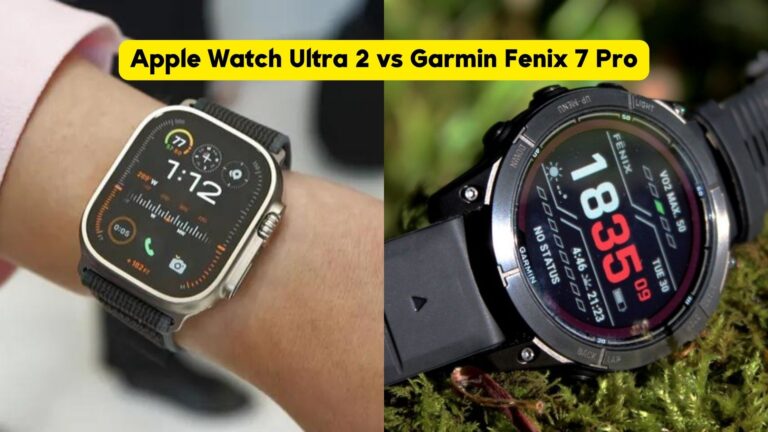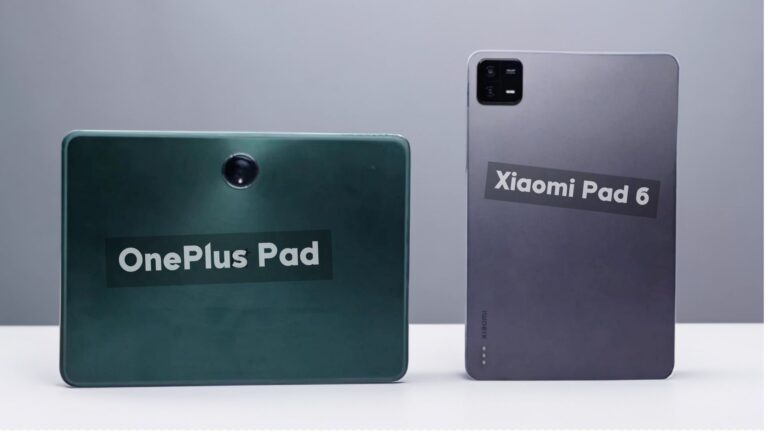While the original Oculus Quest was a commendable VR headset during its era, Facebook took it up a notch with the Oculus Quest 2. Now rebranded as the Meta Quest 2, this successor boasts a lighter design, enhanced power, and a more polished overall experience.
The superiority of the Quest 2 isn’t limited to just hardware advancements. As with most next-gen consoles, the Quest 2 offers exclusive titles, such as Resident Evil 4 VR, which demand graphics capabilities beyond the reach of the original Quest. Moreover, since its debut in the autumn of 2020, Oculus has rolled out significant software enhancements, including a display upgrade to 120Hz and a twofold increase in the refresh rate of its external cameras, ensuring a superior hand-tracking experience.
For those in the market for a fresh VR headset, the Oculus Quest 2 stands out as the prime option, unless you’re holding out for the anticipated Project Cambria, set to release later in 2022. However, for those who own the first Oculus Quest and are contemplating an upgrade, we’ve got the insights to guide your decision.
Features of Oculus Quest and Oculus Quest 2
Virtual reality (VR) headsets have historically struggled to make a significant mark, but recent advancements and price reductions are changing the narrative. The Oculus Quest emerged as a beacon of affordability in the VR landscape, distancing itself from pricier counterparts. With the introduction of the Quest 2, Oculus has further enhanced the technology while making it even more wallet-friendly. Let’s delve into the distinctions between the Quest and its successor, the Quest 2.

The Oculus Quest was introduced as an upgrade to the Go model, which was notable for being the first standalone VR system, eliminating the need for a PC. Released on May 21, 2019, the Quest’s 64 GB variant was priced at €449, while the 128GB version came in at €549. It was powered by a Snapdragon 835 chip, coupled with 4 GB of RAM, and boasted dual OLED displays with a resolution of 1440×1600, refreshing at 72 Hz. All these features were packed into a device weighing 571 grams.
Fast forward to October 13, 2020, the Oculus Quest 2 made its debut as the original Quest phased out. The new iteration saw a price drop of 100 euros and a shift from the 128 GB model to a more spacious 256 GB variant. Thus, the Quest 2’s 64 GB model was priced at €349, and the 256 GB variant at €449. Internally, it’s equipped with a dedicated Snapdragon XR2 processor designed for VR and 6 GB of RAM. The displays this time are LCDs, each with a resolution of 1832 x 1920, capable of refreshing at 90 Hz and even an experimental 120 Hz mode. The Quest 2 is also lighter, tipping the scales at 503 grams.
Both the Oculus Quest and Quest 2 offer the flexibility of standalone use or connection to a PC for an amplified VR gaming experience. While Oculus also offers the Rift S, tailored for PC connection, the Quest series requires an additional cable purchase, priced steeply at €100. However, alternative cables and software solutions are available for those looking to connect wirelessly to their PCs.
Oculus Quest vs Oculus Quest 2

The Oculus Quest 2 stands as an enhanced iteration of its predecessor, the Quest, which was phased out upon the newer model’s introduction. The Quest 2 boasts a Snapdragon XR2 processor, crafted by Qualcomm specifically for VR headsets, offering twice the prowess of the earlier 835 model. This, coupled with an additional 2 GB of RAM, signifies a substantial leap in performance. Both versions utilize a quartet of cameras for tracking.
When it comes to display, the feelings are mixed. The Quest 2 offers superior resolution and refresh rates. However, the original Quest’s OLED screens provide richer color fidelity. Moreover, the resolution difference between the two isn’t vast. The Quest featured a manual screen adjustment slider, while the Quest 2 offers preset distances of 58 mm, 63 mm, and 68 mm. Although the Quest 2 hasn’t necessarily outshone its predecessor in visual quality, the enhancements in refresh rate and resolution balance out other modifications.
The Quest 2’s reduced weight enhances wearability. The head strap design has also been refined, transitioning from the previous semi-rigid model to a more adaptable soft strap. However, this comfort comes at a cost, as the Quest 2’s battery longevity is somewhat diminished compared to the original.
| Oculus Quest | Oculus Quest 2 | |
|---|---|---|
| Processor | Snapdragon 835 | Snapdragon XR2 |
| RAM | 4 GB | 6 GB |
| Storage | 64/128 GB | 64/256 GB |
| Screen Type | OLED | LCD |
| Resolution | 1440X1600 per eye | 1832×1920 per eye |
| Refresh rate | 72 Hz | 60/72/90/120 Hz |
| Battery life controls | N.A. | 4 times more than the previous model |
| Weight | 571 grams | 503 grams |
Controls for the Quest 2 have undergone a redesign, offering users a more ergonomic grip and an enriched gaming experience, especially in action-packed titles. Impressively, the battery lifespan of these controls has quadrupled, thanks to the removal of LEDs.
Both models share the same game store, with an ever-expanding library. Given the affordability of these VR headsets, they’re likely to pique the interest of an increasing number of developers.
Oculus Quest 2 is Better Option

While the Oculus Quest 2 is essentially an upgrade of the original Quest, and only a year separates their releases, the distinctions between the two are significant.
Setting aside certain features like the OLED display, where the original Quest might hold an edge, the Quest 2 brings a multitude of enhancements to the table. It stands out not only for its commendable performance and value proposition relative to other competitors but also for its exclusive tethered operation to a PC, lacking standalone functionality.
The Quest 2’s edge is evident in several areas: a €100 price drop across both variants, a doubling of storage in the pricier model, enhanced ergonomics of the controllers, extended controller battery life, a boost in display resolution and refresh rates, and the integration of the VR-optimized Snapdragon XR2 processor. This chip offers a performance leap, being twice as potent as its predecessor, the 835. These collective improvements make the Oculus Quest 2 a compelling choice over its predecessor.



